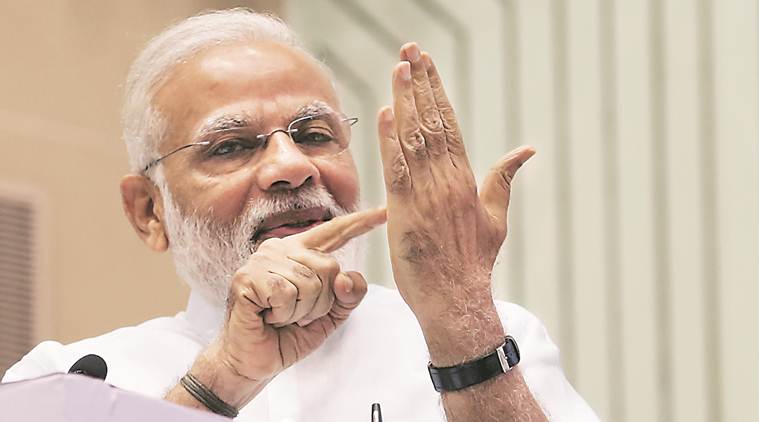The Ministry of Electronics and Information Technology has released a policy draft of National Policy on Electronics-2018 for feedback from stakeholders in the sector. The new policy seeks to replace 2012 policy on electronics. The policy document provides blueprint for Electronics System Design and Manufacturing (ESDM) sector in the country. It aims to create 400 billion dollar electronics manufacturing industry in India by 2025 and double mobile phone production from 500 million to 1 billion by the same year. “This (400 billion turnover) shall include targeted production of 1 billion mobile handsets by 2025, valued at $190 billion, including 600 million mobile handsets valued at $110 Billion for export,” the draft said.
The new policy also plans to modify incentive schemes given to electronics manufacturers. The old scheme of 2012 gives capital subsidy of 20 percent to electronics manufacturers located in Special Economic Zones (SEZ) and 25 percent to units in non-SEZs. The new scheme will replace this credit guarantee and interest subsidy, “replacing the M-SIPS (Modified Special Incentive Package Scheme) with schemes that are easier to implement such as interest subsidy and credit default guarantee, etc., in order to encourage new units and expansion of existing units in electronics manufacturing sector”, read the document. According to the draft, 20 Greenfield and three Brownfield electronic manufacturing cluster projects have been sanctioned with the project outlay of Rs 3,898 crore, including Rs 1,577 crore from the Government of India. The policy proposes to encourage electronics manufacturing in many sub sectors like defense electronics, automotive electronics, semiconductors, industrial electronics,etc.
The policy document proposes to encourage startups in emerging areas like 5G, Internet of Things (IoT), artificial intelligence, and machine learning. According to draft policy, electronics industry will “coordinate with the concerned ministries/departments to provide incentives to industry for rapid and robust expansion of electronics hardware manufacturing within the country”. MeitY will work out the details and facilitate decisions by the government, it said. India has very strong presence in software sector but on the hardware front the country is weak. Electronics imports from China and Japan are major part of India’s import bill, every year a major chunk of foreign exchange goes out of the country on electronics imports. The country has huge trade deficit with China due to electronic imports.
The electronics manufacturing clusters being promoted by government will help the country to grow on hardware front. Once the presence in hardware front like semiconductors, mobile phones becomes strong , the software presence and hardware presence could be integrated to develop whole new range of products for the country and for exports. Once we have capability in software as well as hardware, an ecosystem of integration will generate, driven by innovation the entire consumer electronics industry will flourish. The draft also said the government would “Levy cess on identified electronic goods to be considered to generate resources for promotion of certain critical sub-sectors of electronics manufacturing such as semiconductor wafer fabrication and display fabrication units”. The future of the industry will belong to those who innovate. Apple is among most successful electronics companies in the world because it produces both software and hardware by itself. The integration makes the product more user friendly rather than specialization and it also fosters innovation. If country succeeds in electronic sector, the future of consumer electronics will belong to India.
